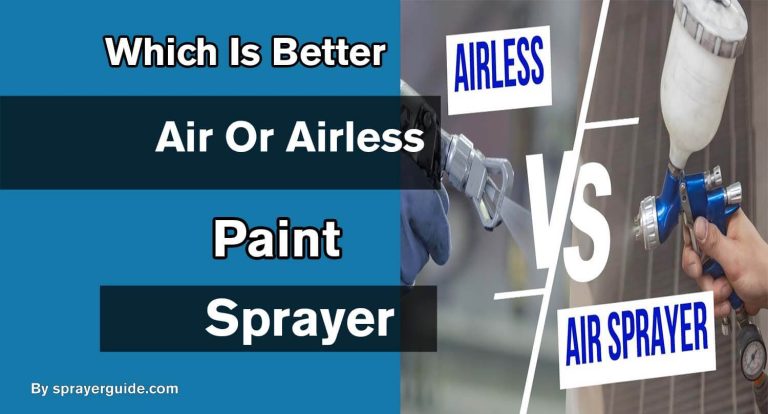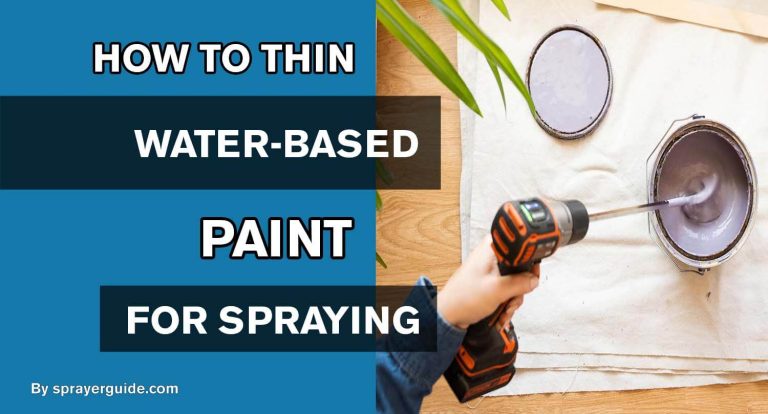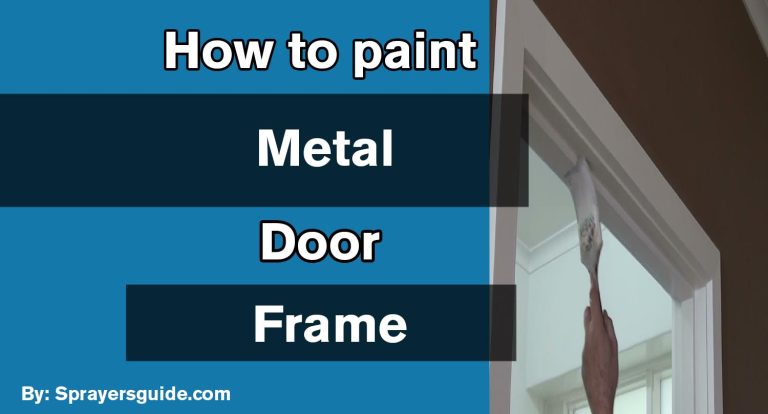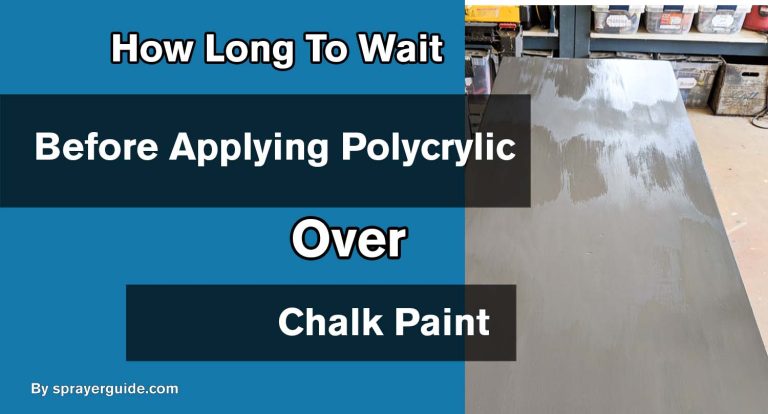If you recently painted furniture but are concerned about its durability, you may be wondering how long it will take before applying polycrylic over the top. Painting furniture can be a very satisfying project and a great way to add a personal touch to the interior of your home. However, paint chipping or fading over time can be dangerous if not properly sealed. The good news is that if you use the right amount and do it at the right time, your DIY refinishing job can stand up to even the most challenging jobs. In this blog post, we’ll talk about how long you should wait before putting a coat of Polycrylic or another protective sealant on a newly finished project to ensure it lasts as long as possible.

Understanding Polycrylic and Paint – What You Need to Know
Polycrylic and paint protect and decorate surfaces, but the two materials have some critical differences. It’s essential to consider these when deciding which is best for a particular project.
One of the main differences between polycrylic and paint lies in their composition. Paint is made of colored pigments mixed with a liquid polymer resin, usually latex. Polycrylic, on the other hand, is made of acrylic resin with no color or pigment added. As a result, the paint adds color to surfaces while polycrylic does not; instead, it can be used as a clear topcoat to seal wood surfaces and protect them from scratches, moisture damage, and UV fading.
Another distinction between the two materials is their level of durability. Paint is usually more durable than polycrylic, making it a better choice for floors and kitchen cabinets with a lot of wear and tear. Polycrylic is not as strong as other paints, but because it is thinner, it is easier to use and gives a smoother finish with fewer brush strokes.
Finally, there are cost and ease of application differences between paint and polycrylic. Paint usually costs more than polycrylic because it has more pigment but usually only needs a few coats to cover well. In contrast, multiple thin coats of polycrylic are typically needed for good results; however, this can take longer the job.
When choosing between polycrylic and paint, it’s essential to consider the character of the surface you’re working with and your budget and time constraints. Both materials can protect surfaces well, but one might be better for a specific project because they are made of different things. If you know about these differences, you can choose your coating material with more knowledge.
You can choose between polycrylic and paint for your next project by looking at how they are made, how much they cost, how long they last, and how easy they are to apply. With this information, you can do great work without sacrificing quality or spending more money than you need to.
Pros and Cons of Applying Polycrylic Over Paint
Pros:
- Polycrylic is a fast-drying sealer that will protect painted furniture or surfaces from scratches, stains, and other damage.
- It can be used on interior and exterior surfaces, making it a comprehensive solution to protecting the paint job on any surface.
- Polycrylic has a shiny finish that makes painted furniture or surfaces look better and protects them simultaneously.
- Putting polycrylic over paint is easy, and it doesn’t take much work to get a finish that looks professional.
- Polycrylic does not yellow over time like other sealers, so that you can enjoy your freshly painted furniture or surface for years.
Cons:
- Applying polycrylic if the painted surface isn’t ready can be challenging because it can cause bubbles or streaks when applied to dirty surfaces.
- If the polycrylic is applied too thickly, it will leave a cloudy finish on the painted surface that can be difficult to remove without sanding and repainting.
- Applying polycrylic over paint takes longer than applying a clear coat directly over bare wood, so it may not be suitable for tight deadlines or rush jobs.
- In some situations, like with furniture in direct sunlight, you may need to put on more than one coat of polycrylic to protect it enough from UV rays.
- Polycrylic is not always as strong or long-lasting as other sealers, so it may need to be reapplied more often to keep a polished look.
Overall, putting polycrylic over painted furniture or surfaces can be a great way to protect them from damage and make them look better. But it’s essential to take the time to get the surface ready and make sure the sealer is put on the right to avoid problems in the future. Proper care and maintenance can make your freshly painted furniture or surface look fantastic for years!
How Long To Wait Before Applying Polycrylic Over Paint?
Polycrylic is a great product to protect painted surfaces on furniture and walls. However, waiting at least 24 hours before applying polycrylic over paint is essential to ensure proper adhesion. The time you need to wait will also depend on the temperature and humidity levels; typically, the paint dries in about 2 hours, but if the conditions are more humid, you may need to wait longer.
It is important to note that before applying polycrylic over paint, you should lightly sand the painted surface with 220 grit sandpaper and then remove all dust from the area. This will help ensure a good bond between the polycrylic and your painted surface.
Frequently Asked Questions:
You should wait at least 24 hours before applying polycrylic over the paint. This will allow the paint to dry completely, ensuring that the finish of your project looks its best.
Applying Polycrylic before the paint has completely dried can cause adhesion issues and result in a less-than-satisfactory finish. Because of this, you should wait at least 24 hours before putting Polycrylic on a surface that has been painted.
Yes, humidity can affect both paint and polycrylic applications. If working in high-humidity conditions, you should wait at least 24 hours before applying polycrylic over paint.
No, in most cases. Using the proper sealer or primer before painting can help the paint stick well and even reduce the time it takes to dry. However, no sealer or primer is required before applying polycrylic. If you use oil-based paint, put a clear protective topcoat like Polycrylic over the surface to keep it from chipping or getting stained.
No, a topcoat is not required after using polycrylic. However, if your project is exposed to water or other harsh elements, you may want to add an extra layer of protection to the painted surface to prevent damage or wear over time.
Final Note:
Finally, several factors influence how long you should wait before applying Polycrylic over paint. The time you should wait before applying Polycrylic depends on the type and brand of paint you use, where you apply it, and other factors such as temperature and humidity. Generally, you should wait at least 24 hours before applying Polycrylic to your paint. Also, allow enough time for oil-based or enamel paints to dry before applying Polycrylic.
Read More:
- How Long Does Primer Spray Paint Take To Dry
- How To Spray Paint Wood Chairs
- How To Thin Water-Based Paint For Roller
- How Long Does Spray Paint Take To Dry Metal
- Is It Better To Spray Or Roll the Interior Paint
- Does A Paint Sprayer Use More Paint Than A Roller
- How To Thin Water-Based Paint For Spraying
- How To Clean Wagner 350 Paint Sprayer
- How To Paint A Textured Ceiling With A Roller
- Which Is Better, Air Or Airless Paint Sprayer
- How To Use Hvlp Spray Gun
- How Long Does Spray Paint Take To Dry On Cardboard
- Graco Magnum Prox17 VS X5






